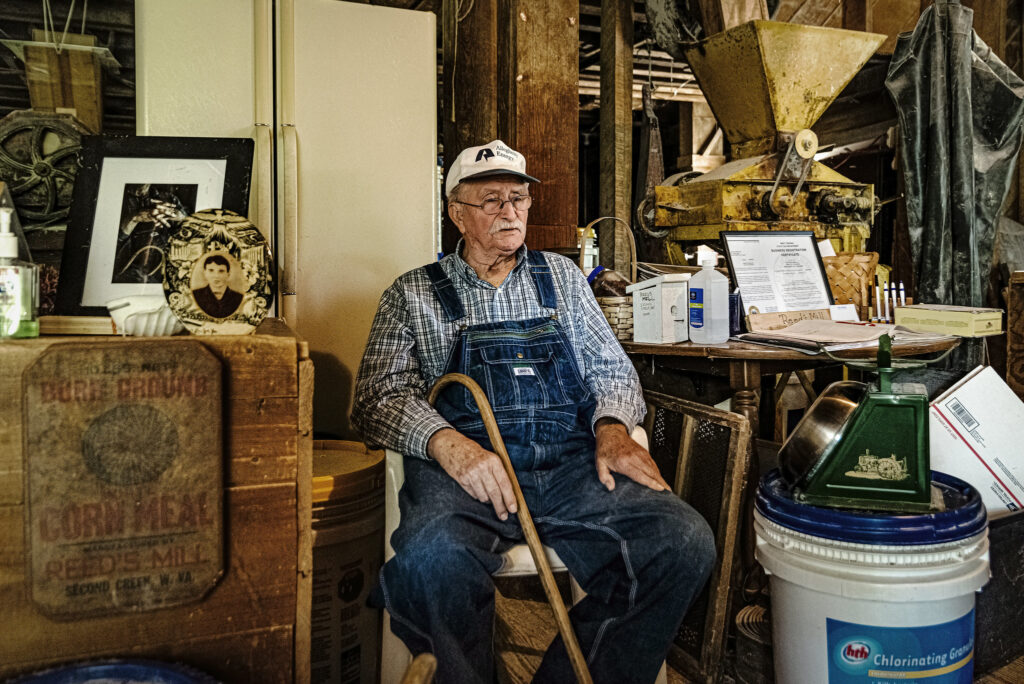
It was Memorial Day, and clouds perfect for photography had developed in the West Virginia sky. I knew they wouldn’t last long. I had several locations I wanted to visit. My wife and I loaded the Armada with our pug and French Bulldog, Daisy and Dolly, and headed to the north end of Monroe County, WV. We would stop at Second Creek first, and work our way back south across the county, and shoot what the light and conditions would allow.

By the time we go to second Creek, the clouds were already giving way to blue skies. We stopped, and I got out and snapped an image of an old farm and we moved on. A minute late we pulled up to Reed’s Mill, a grist mill, which has been in operation since 1791. I snapped a few images of the old mill, which I had shot before. We didn’t spend a lot of time, as I was hoping to make it to Pickaway and Union for more photo opportunities. We drove on, and in a half-mile, or so, I pulled the truck off the road at an intersection, where we turned around and pointed the truck in the other direction. I stepped out and snapped a few images of an old house in a field with a couple of cows in high grass. A red SUV had just passed, and I saw it turn around before it got to the curve in the road.
The SUV stopped beside me, and I walked over. An older gentleman dressed in overalls and wearing a baseball cap, rolled down the passenger window and introduced himself. We soon started talking about the history of the area. He explained that the old building I was shooting was all that remains of an old sawmill. Then, he casually noted that he owned the old grist mill we had just stopped at, and suggested that we follow him over. I knew I would have to abandon plans for other photos, but I didn’t care.
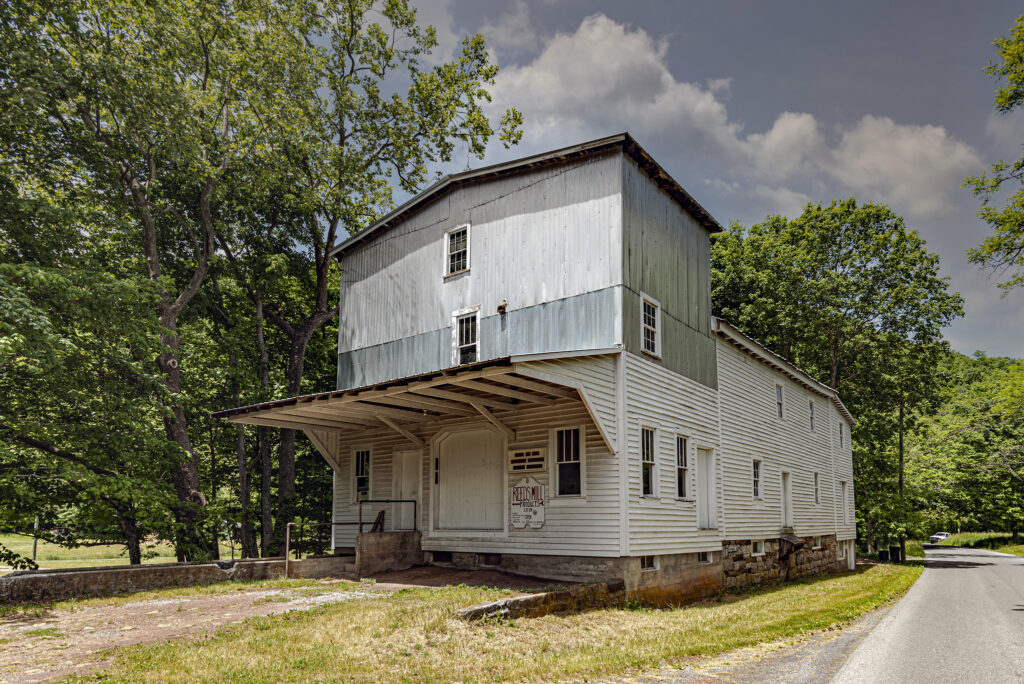
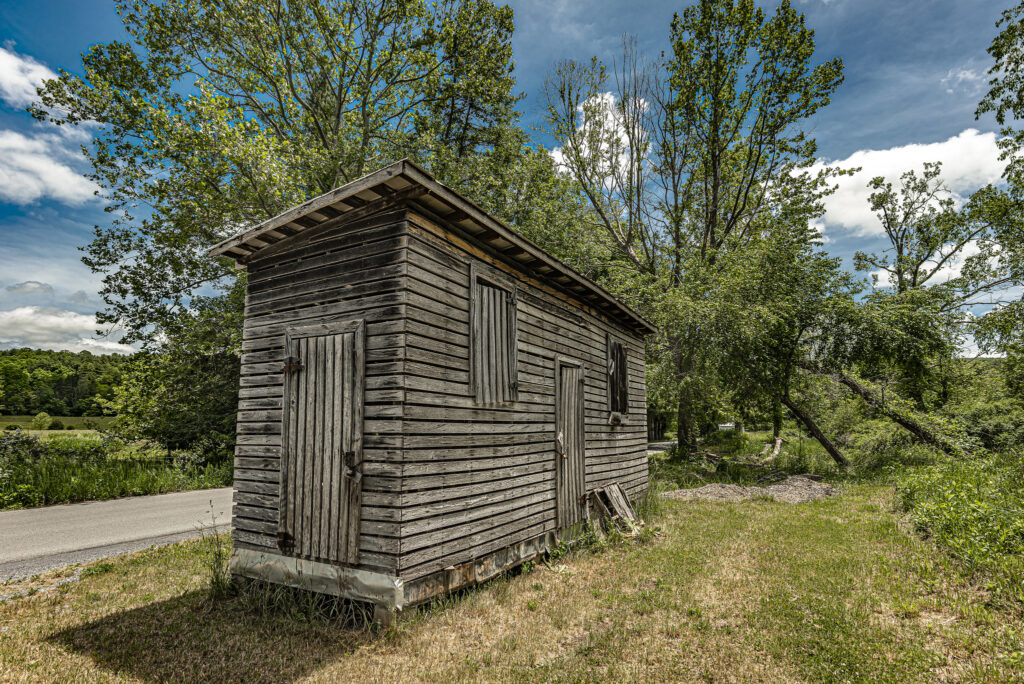
Larry Mustain pulled in to the mill, got out of his truck and and unlocked the mill door. I told him we had our dogs in the truck and he suggested that we bring them in. He took a seat in a white plastic chair near the front of the establishment. We chatted for a while, and learned more about the history of the area, and the mill. We talked a little about current affairs and places we have lived. He handed me a little booklet with some information about the mill. It included traditional recipes for some of the stone-ground grains processed there, including buckwheat grits, Reed’s Mill multi-grain corn bread, and Zelma’s West Virginia corn-pone, among others.
Mr. Mustain kindly allowed me to snap his photo, and suggested that I walk through the dimly lit mill for some more pictures. The only light was streaming through the windows and a few bare bulbs hanging from the ceiling, which I yanked on a string to turn off and on.
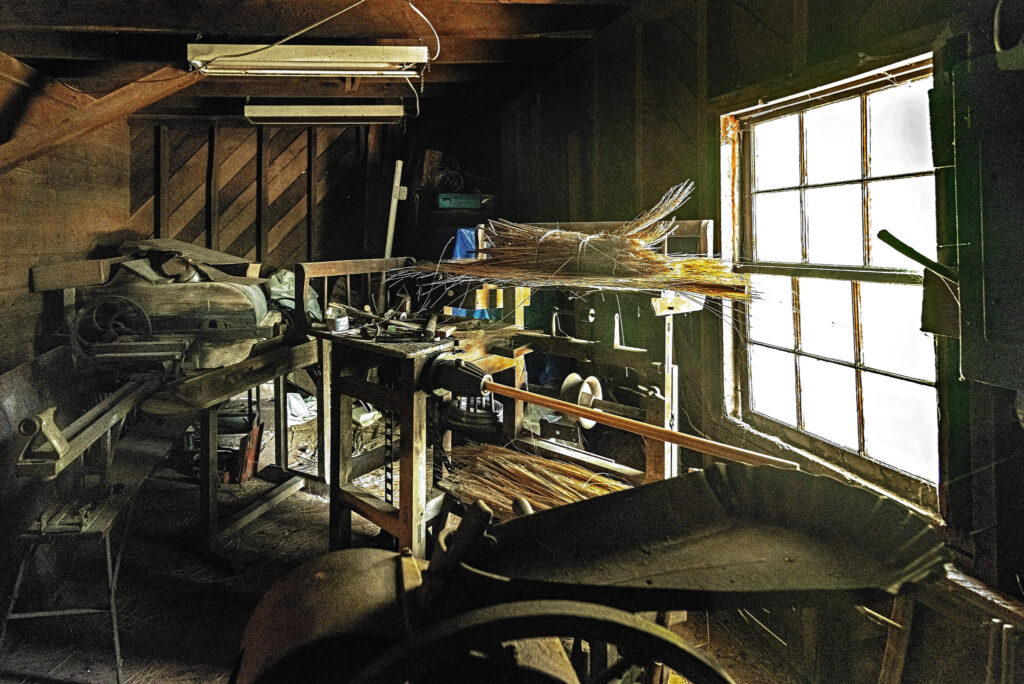
I set my ISO high and apertures wide-open on my Nikons. With slow shutter speeds, I braced for each exposure the best that I could.
An old broom factory is in the back of the building. It was started by Everette Hogsett in the last half of the 19th-century, and has been operated, using the same pre-Civil War machinery made in Schenectady, New York, by various broommakers since. The equipment was designed to clean the seeds off broom corn, cut it to a uniform length, wrap it to the handle, soak the hurl and clamp and stitch the broom. The hand-made brooms are high quality, as Mr. Mustain pointed out that some made in the 1940s are still in use in the mill.
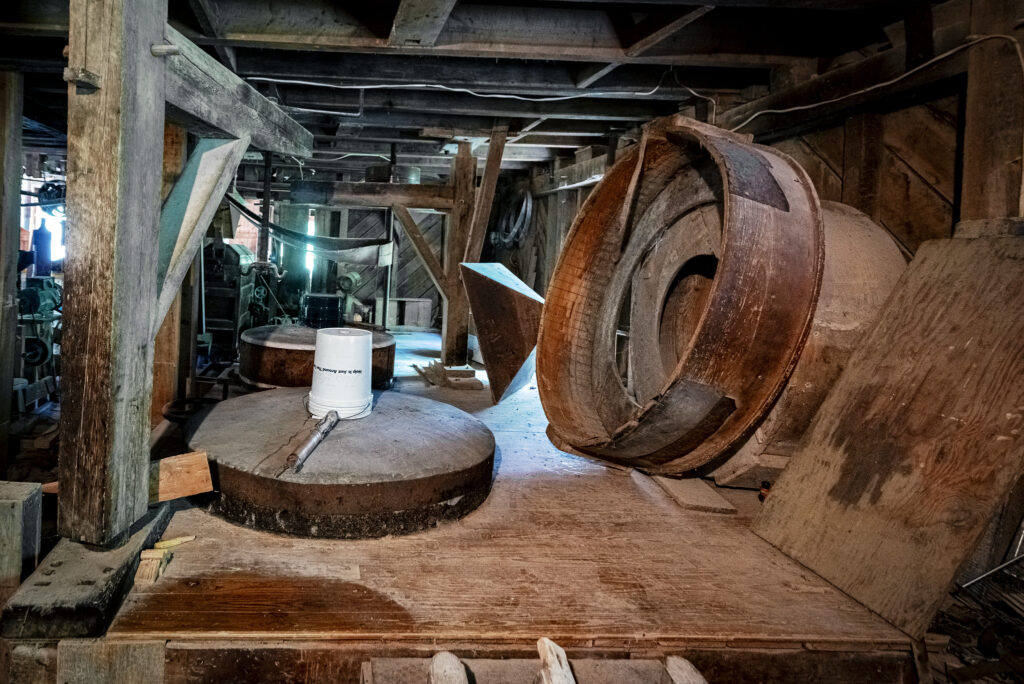
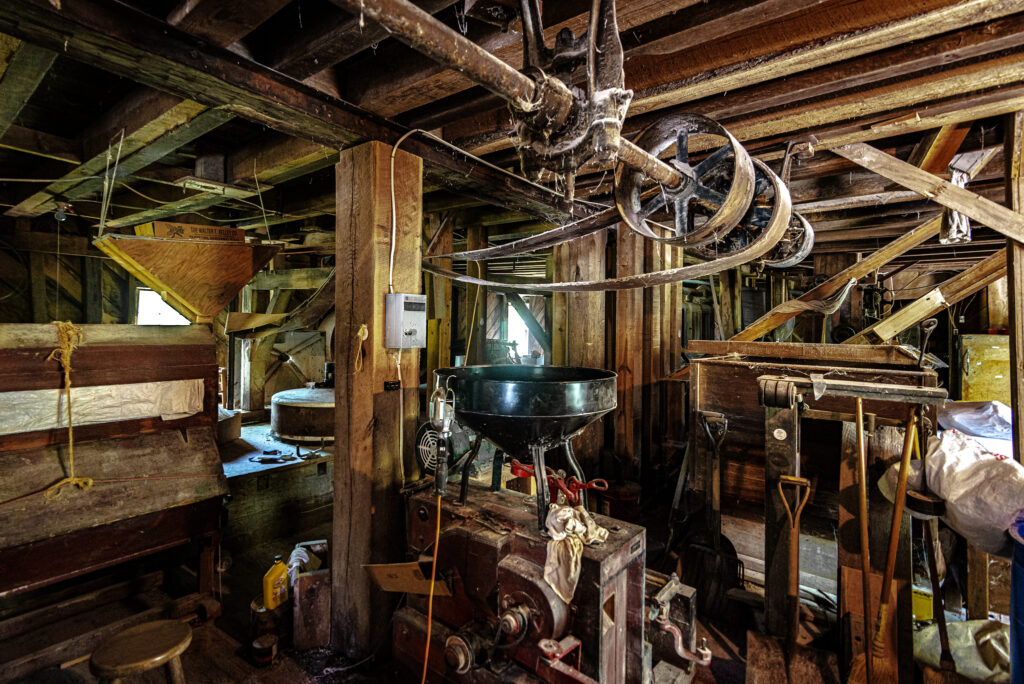
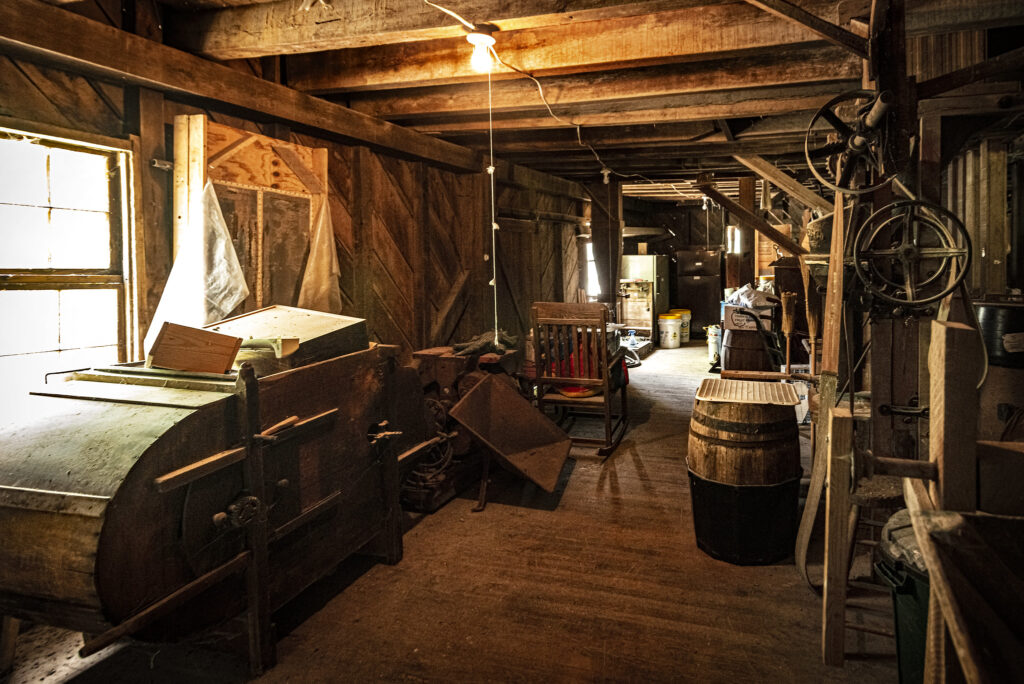
The mill itself started as McDowell’s Mill in 1791. Archibald McDowell also had a saw mill, and blacksmith shop at Second Creek, among other holdings. The community grew, and the grist mill, which has gone though several owners, remained in operation. It’s not a full-time mill anymore, but they continue the tradition of turning out hand processed corn, wheat, rye and buckwheat, stone ground into a final product. They continue to raise the same heirloom corn on the property that has been grown there for well over a century.

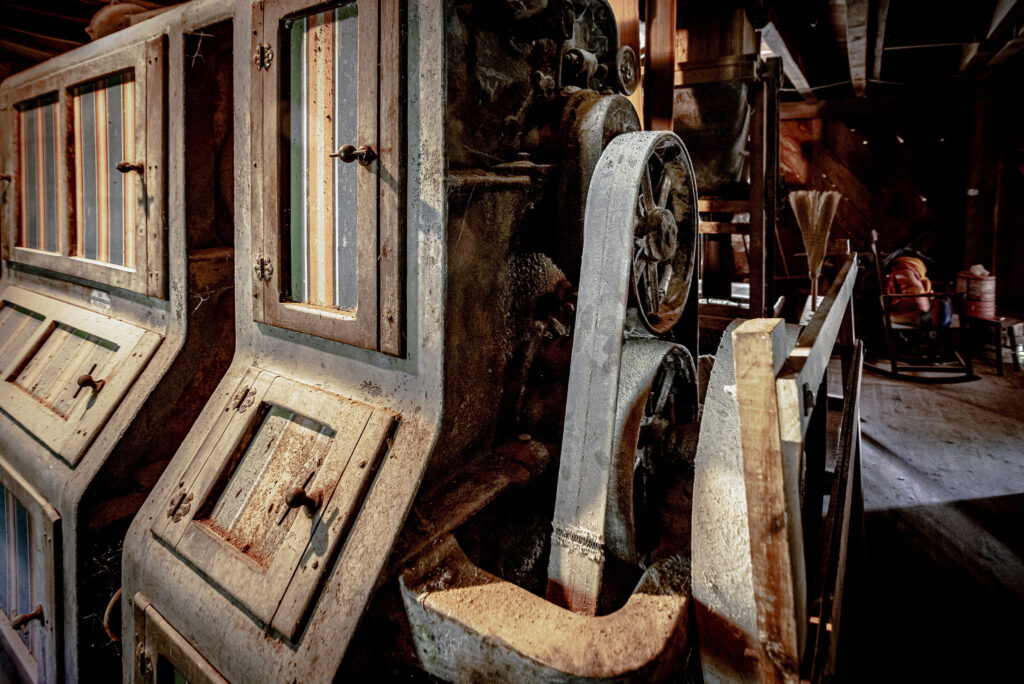
As we were leaving, Mr. Mustain opened a refrigrator and handed me a bag of cornmeal produced at Reed’s Mill from “Bloody Butcher” corn grown on the property. Bloody Butcher is a native variety of red, purple orange and white grains. They also process “White Flint” corn, which has been in the family for more than a century.
We thanked Mr. Mustain for the cornmeal, and for kindly taking time to show us Reed’s Mill. It made for a memorable day, as well as some great photos, which I otherwise would not have got. I hope to make it back when I have a little more time to document the mill and take some high quality photos.
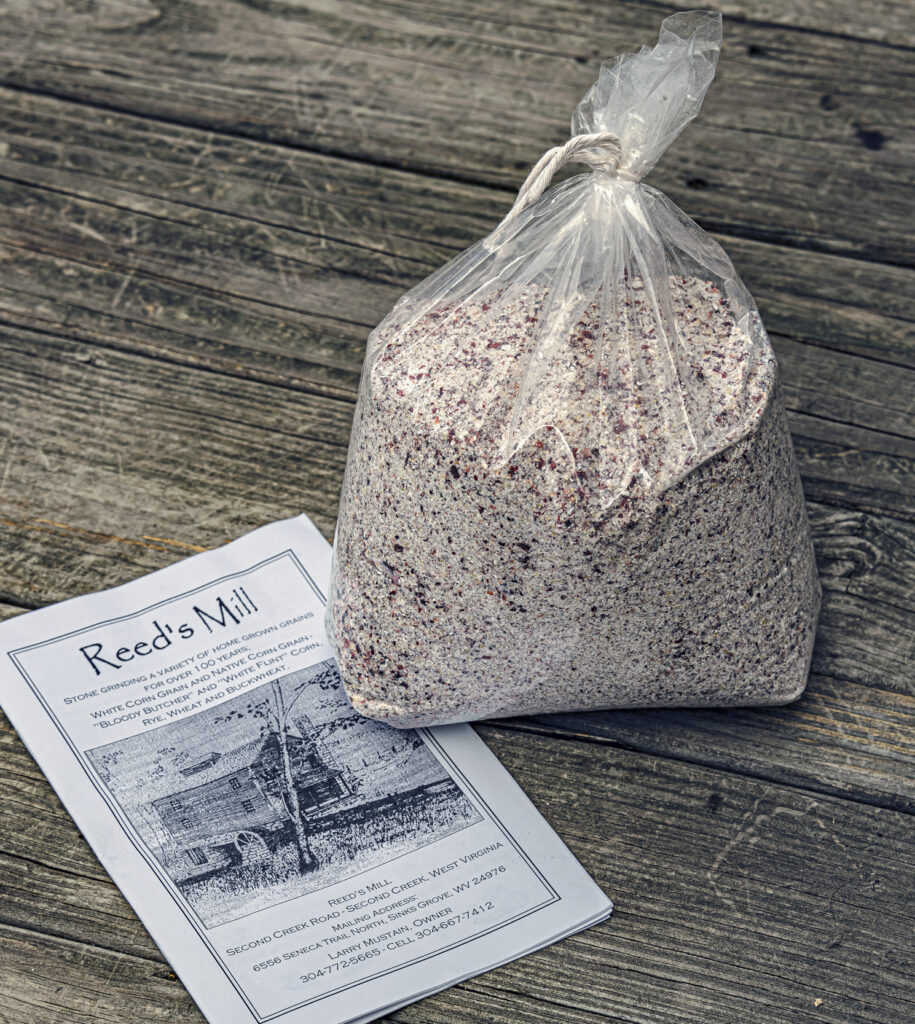
More information about the mill is available on their Facebook page at: Reed’s Mill, Second Creek WV Facebook Page
DrivingBackRoads Sept. 2020 article: Second Creek: A Monroe County, WV Community



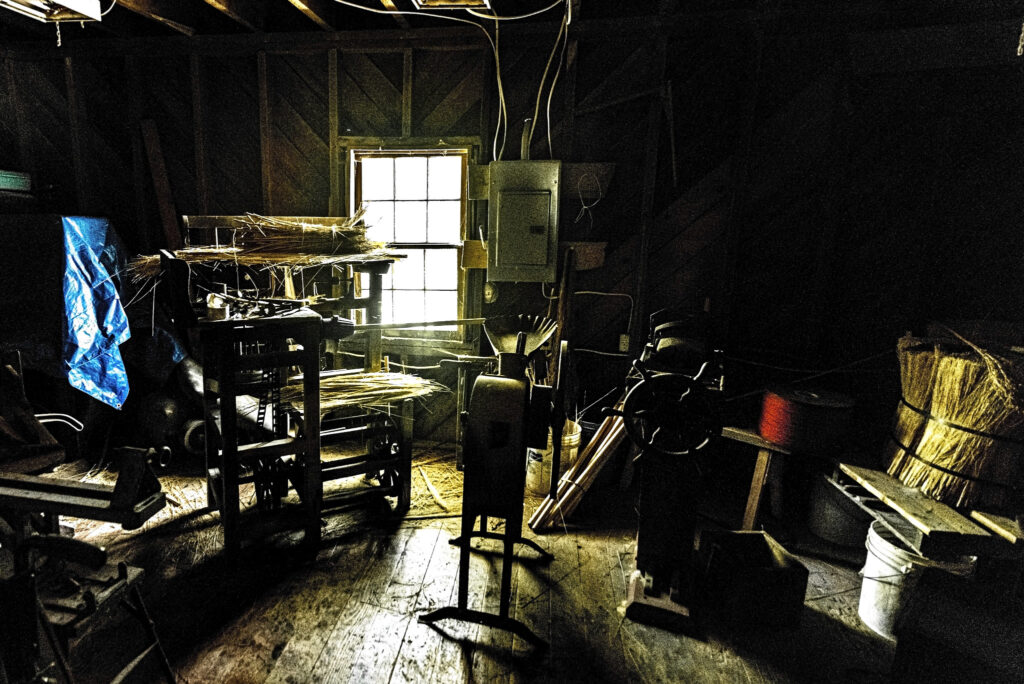

Thank you so much for the history and the pictures! What a dear man! Glad you stopped!
Thanks, Pam. It was a wonderful time, and educational, too.
I really enjoy all the history you produce thru your camera, and visits to various areas, and so wonderful to travel back in time, old roads I dearly miss doing this as my late husband used to do. thank you so much Carole Shackleford, Marble Hill, Mo.
Thanks, Carole!
such a wonderful story! thank you!
Thanks, Mary!
Thank you for taking the time with this gentleman. He is a walking historian. Loved your arrival.
Thank you for the photos and story on the mill. I have visited the mill and talked with Mr. Mustain. He is a tremendous source of information of the area. My family roots are in Monroe County, both my great-grandmothers are from the Reed family.
I am so happy that the owner has kept our local history alive. Thank you for taking time to learn more about the old mill from him and for sharing that info and your photographs with the public. I hope to visit the mill in the very near future and I would certainly like an opportunity to talk with this gentleman!
Thanks, Sara. Enjoy your visit.
The Bloody Butcher corn used for making corn meal is an old “Indian corn” or “Hematite” (blood red) corn also used for making whiskey. Other names include “Colby Bloody Butcher”, “Ohio Calico”, “Red Feeding”, “Red Oak”, and “Strawberry”. The kernels are dent or semi-dent dark purplish red to deep orange red, or white, yellow, or blue. The ears are about 9 inches long on stalks to 12 ft. tall. Origin: grown before 1844 and probably first grown near Caldwell, WV around 1749. For in the journal of my ancient uncle, Dr. Thomas Walker, he wrote on July 6th, 1750: “There are some inhabitants of the Branches of Green Bryer but we missed their Plantations” (he traveled on the north side of the river, so the plantations were near the mouth of Howard’s Creek and Second Creek). I first saw the old mill in the early 1970’s when living near Organ Cave, WV.
Thank you. I had not heard the other names for the corn, which other readers may be familiar.
i’ve been by that building many times and never knew it was a mill.. thanks for what you do
That mill has been there 100s of years. Orb Reed owned it before Mr. Mustain owned it. Both of those gentlemen are my 2and cousins. My daddy use to go to the mill every month and get the buckwheat flour. I use to play in the creek that runs along side the mill. My great grandparents lived and died thereon Second creek, my grandparents lived lived and died there.
An excellent job – both in the photography and the interview and information. You brought this place to life!
Thanks, Michael!